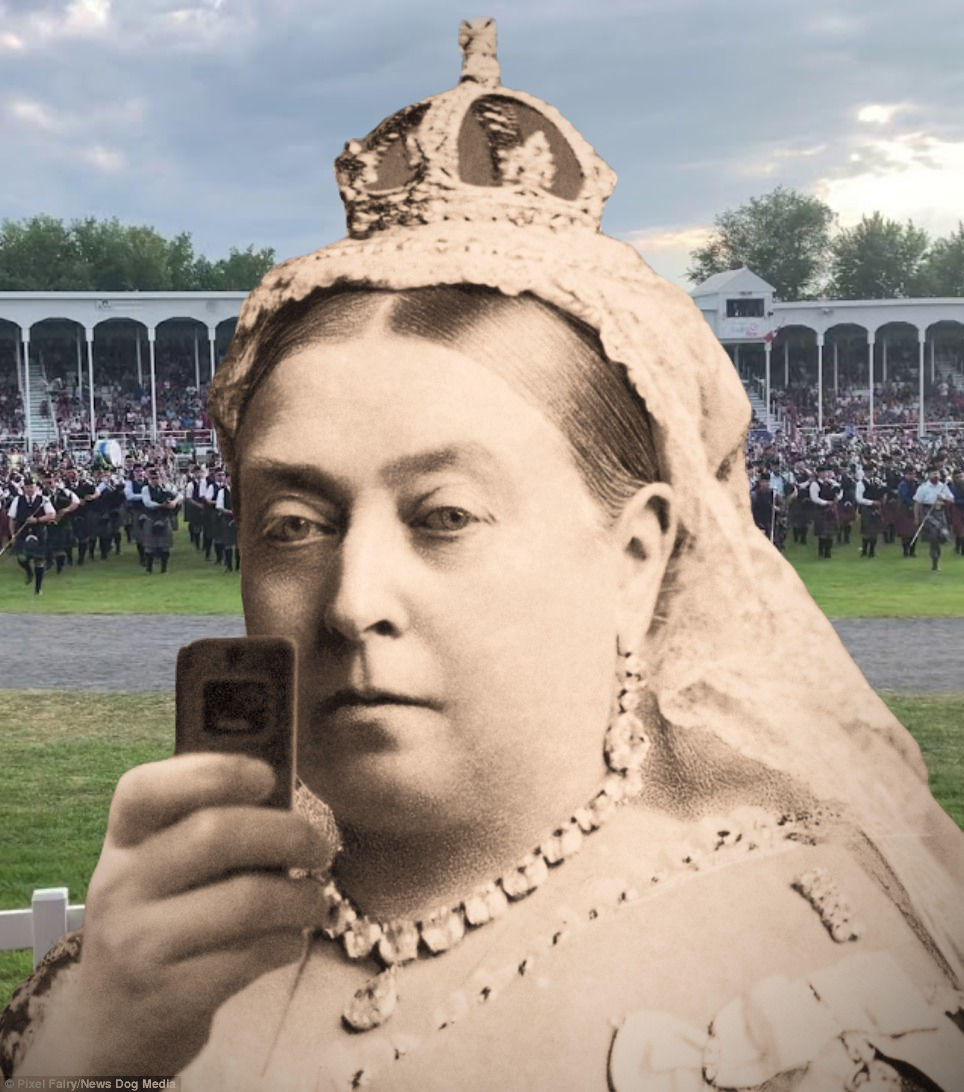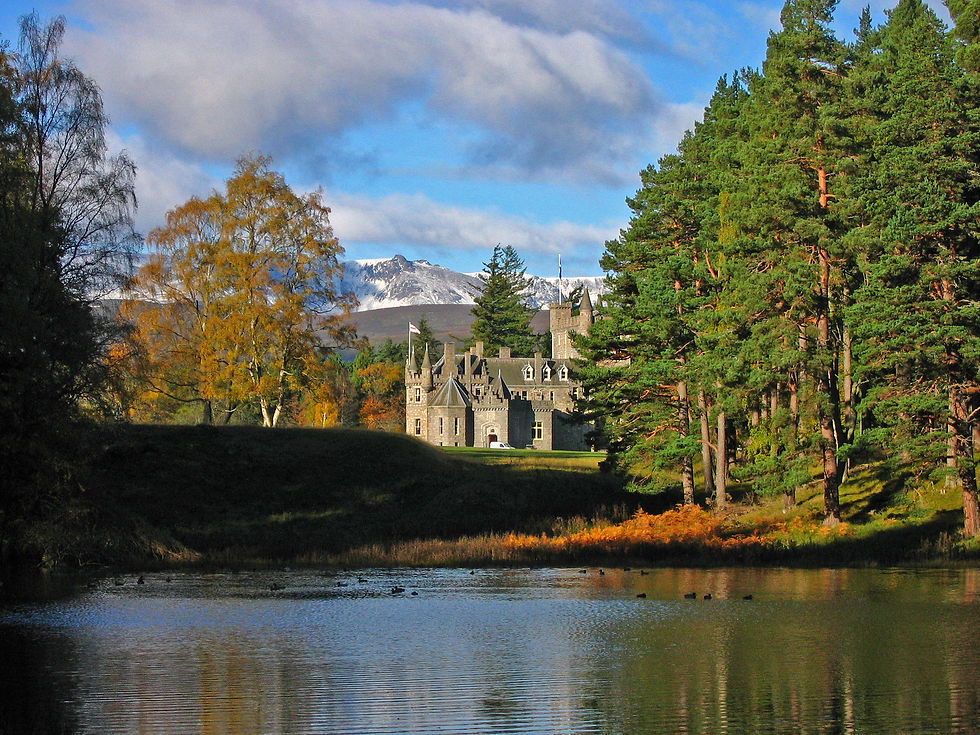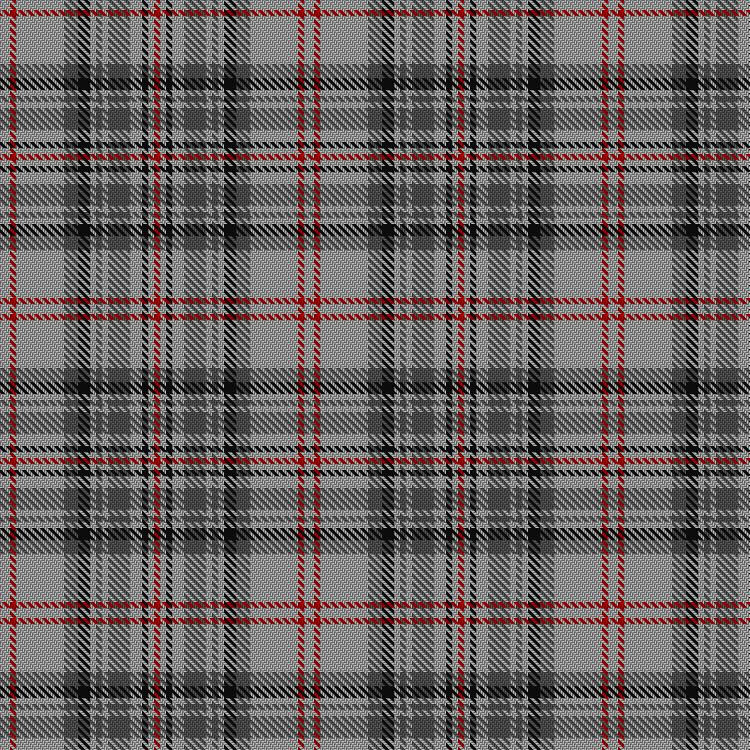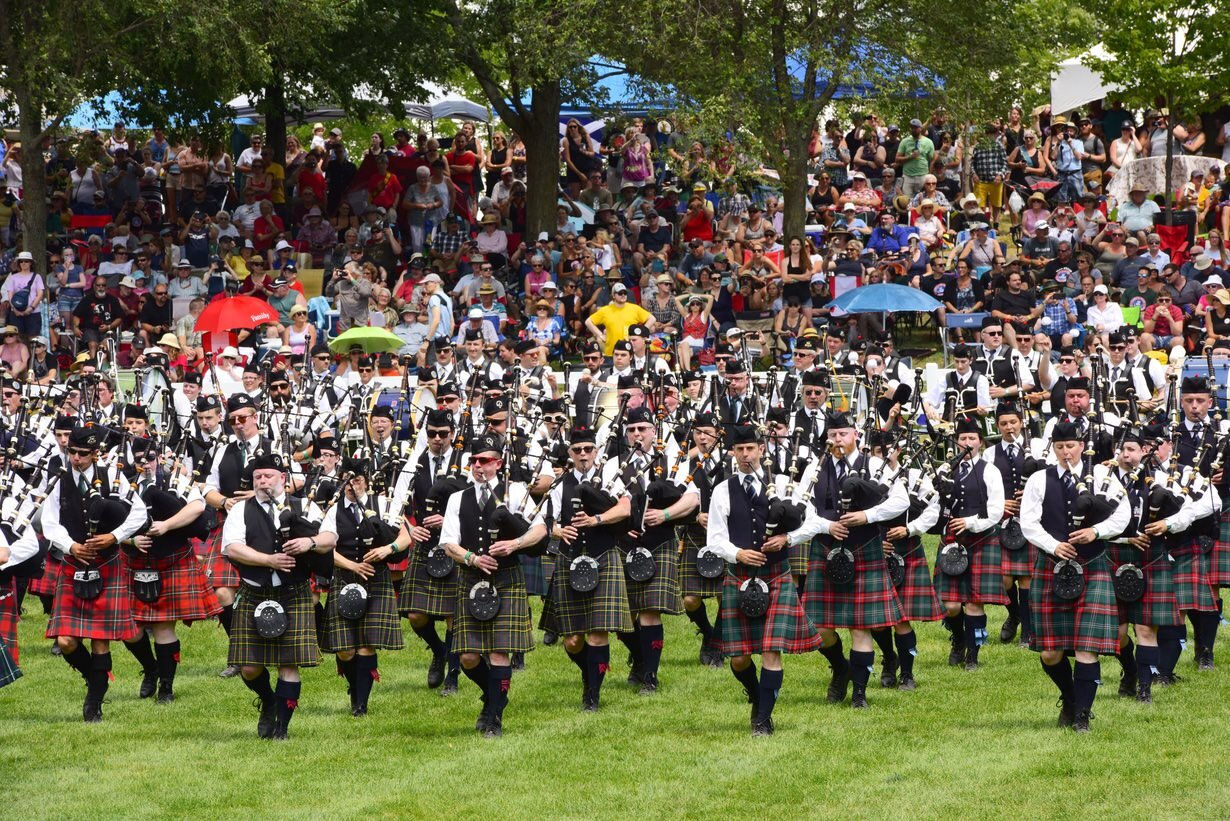TRADITION: trivia - How the modern Highland Games helped change the course of Scotland's History....

The modern day Highland Games that are represented around the world today, are based on the Ancient Highland Games with less military/war focus and more focus on entertainment. The first modern 'Highland Games' on record is considered to be the Strathfillan Games, first held in 1819 on Lord Gwydir's Perthshire Estate, in Scotland. There were competitions and prizes offered for piping, dancing and athletics much like one sees at present day Games. But there were no pipe band ensembles as they would not become a part of the gatherings until around the mid to late 1800’s.
Throughout this time period other small gatherings also started to be organized, such as the Braemar Games in 1832. Which unbeknownst to the organizers of this particular gathering, would eventually help push the romantic 'lore of Scotland' into hyperdrive and help change the image of the nation forever.
In 1842, on their first visit to Scotland, Queen Victoria and Prince Albert of England were being entertained at Taymouth Castle in Kenmore. Greeted in full Highland dress by The Marquess of Breadalbane, John Campbell. Victoria would later comment in her Journal:
‘it seemed as if a great chieftain in olden feudal times was receiving his sovereign’
The queen, who had Stuart blood, was quickly taken by the scenery, the people and the culture of the Highlands. Writing a letter to her mother ;
We have heard nothing but bagpipes since we have been in the beautiful Highlands and I have become so fond of it that I mean to have a Piper, who can if you like it, pipe every night at Frogmore.’
Clearly enamoured by the idea of Marquess having his own personal piper, the next year in 1843 the Queen hired one of her own. Angus Mackay became the first personal Piper to the Sovereign, in which there has been one ever since.
By the mid 1840s, the royal couple in love with the country and who had already visited Scotland on multiple occasions, decided they wanted to have a place of their own. In 1847 the Royals chose West Scotland and spent a month at Ardverikie on Loch Laggan. Apparently during their stay, the weather was in fine Scottish form and was the wettest most miserable time one could imagine.
The Queen, overhearing from her physician, who had just received a letter from his son, who was recovering from an illness while staying at Balmoral castle in East Scotland. Apparently wrote ehuisatically about how good the weather was during the length of his recovery. After an inquiry to see if this weather rumour was true, chance would come upon Victoria and Albert, due to Balmoral Castle being available for rent because of the recent death of the estates keeper.
Wasting no time, a lease was arranged and on Friday, 8th September 1848, at 8.30a.m, accompanied by Prince Albert, the Prince of Wales, their children Princess Royal and Prince Alfred. Queen Victoria disembarked from the Royal Yacht in Aberdeen to make her journey to Balmoral.
When the royal cortege started its journey, from the docks to castle, it was greeted by flags, banners, guards of honour, 21 gun salutes and wildly cheering crowds some in full Highland dress. All while passing through 23 arches made from fruit and flowers with messages like “Welcome to your Highland Home, Victoria and Albert.”
What should have been an approximately a two hour journey took about six, with the Royal Party reaching Balmoral about 2.45p.m. Upon their arrival they were greeted by a detachment of the 93rd (Sutherland) Highlanders who were garrisoned at Braemar castle. (approximately 9 miles from Balmoral) The Queen that night wrote in her diary that;
'The scenery seemed to breathe freedom and peace, making one forget the world and its sad turmoil.'
Meanwhile, quite unaware that their little world was about to be turned upside down. The Braemar organizing committee, again only nine miles away, continued to plan for their annual ‘Highland Games’. No one knows how or when James Farquharson Lord of Braemar Castle received Queen Victoria’s acceptance of his invitation to visit the Braemar Gathering, but Lord James eventually abruptly announced to the committee that he had changed the venue and secondly to make arrangements fit for the Queen.
Knowing her majesty's fondenes for Highland scenery, James decided to hold the Games at Invercauld House. The House lies next to the river Dee, near Braemar Castle. The snow covered mountain in the background is Ben-a-Bhuird.

On Thursday, 14th of September, about 2.30p.m. The Royal Family arrived at Invercauld House, in addition were thousands of people crowding in everywhere trying to get as close to the Queen as they could. They came from near and far and it was said Scotland had never seen such a gathering of the British upper class before. From the Dukes and Duchess, Earls and Countesses, Lords and Ladies, a couple army officers, four Knights and a large number of Honourables, no expenses were spared for this particular Highland Gathering.
The games preceded with demonstrations of various competitions of Highland music and sport, one being a race between six competitors up Ben-a-Bhuird, where the Queen showed a keen interest and watch through a telescope. She was so impressed by the race that she gave £5 for the winner.
At the end of the Games, the guests and clansmen sat down to a dinner, there were numerous speeches and toasts, the Queen was apparently left 'drunk with Highland Honours'. After the dinner, a Grand Ball was held with about 600 guests present. It included a dancing competition between eight highlanders who had danced in front of The Queen.
Queen Victoria’s holiday in Scotland, along with her triumphal welcome from Aberdeen to Balmoral, culminating in her endorsement of the Braemar Gathering, made quite the news throughout British society. Suddenly ‘Highland Scots’ seemed more romantic than ever, and ‘Highland Culture’ and ‘Games’ were something to be admired.
The following year, Highland gatherings exploded throughout the Highlands and the Lowlands. Even London had a gathering, although of course that gathering was called a “Fete, featuring highland competitions" not a Highland Games.
These types of gatherings quickly became a favorite pastime of Queen Victoria so much so that in 1858, she ended up buying Balmoral castle for £31,500 and later on that year held her own HIghland Games.
Queen Victoria's love for Scottish music, fashion and landscapes would eventually see her joining the church of Scotland, spending her summer holidays in Balmoral and even professing to be a 'Jacobite' herself. She even commissioned a tartan for Balmoral Castle, which was based on the Royal Stuart tartan.

Enthusiasm for all things related to the
Highlands even provoked the War Office to decide that each Highland regiment (the 42nd, 71st, 72nd, 73rd, 74th, 78th, 79th, 92nd and 93rd) in the British Army would be allowed five pipers and a Pipe Major, all paid by the Army.
Added by the works of literature greats such as Sir Walter Scott, James Macpherson, Allen Ramsay‘s and the likes of Robbie Burns, the Queen's visit to the Braemar Games in 1848 and fascination with all thing Scottish, became a major factor in promoting the adoption of Highland culture by Lowland Scots and the English population. Many Lowlanders, found themselves quickly searching for any ancestral linkages to Highlands, in which they had shunned for over a century and members of the nobility on both sides of the border rushed to purchase country estates in the picturesque setting of the Highlands, prompting huge changes in the area’s systems of land management and societal structure.
The once ill perceived 'Untamed Savage Warrior from the North', quickly became the cool 'Poetic Freedom Fighter from the Mythical Highlands' and the Scottishness of Balmoral helped to give the monarchy a truly British dimension for the first time.
for more information about the documentary TRADITION: A STORY FROM GLENGARRY or how to help/donate click the link below.
follow us for on facebook.

Comments